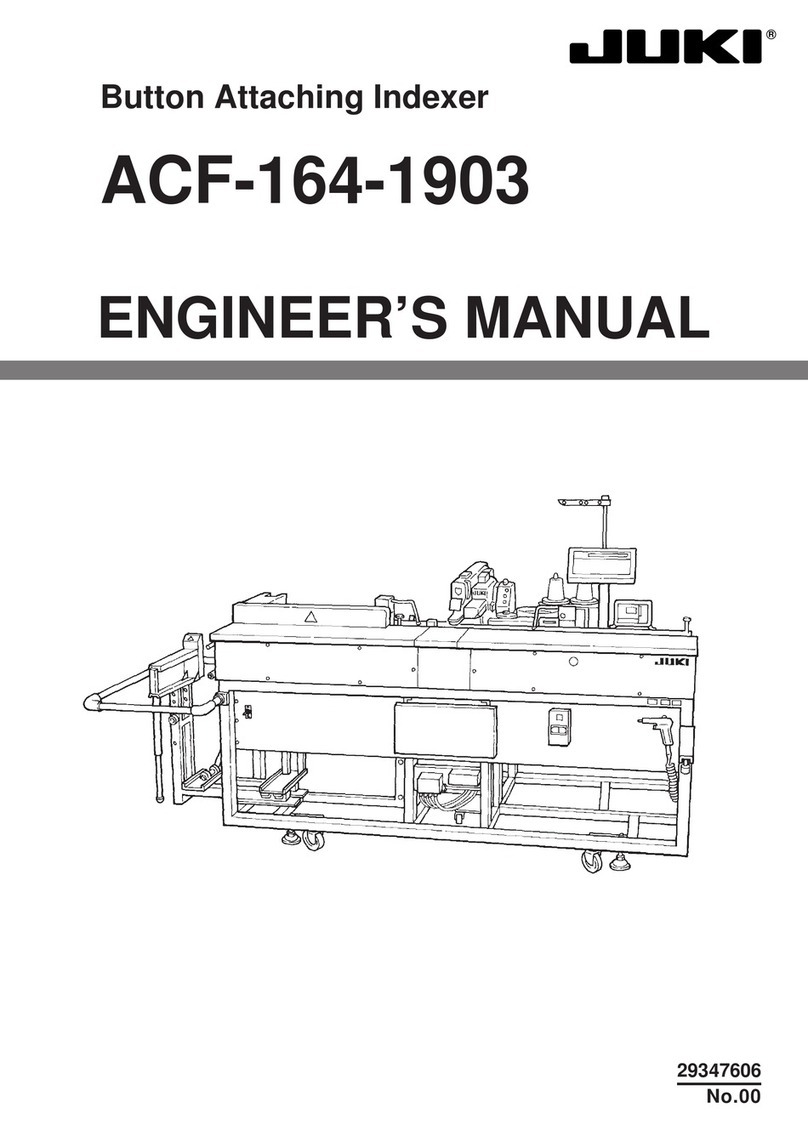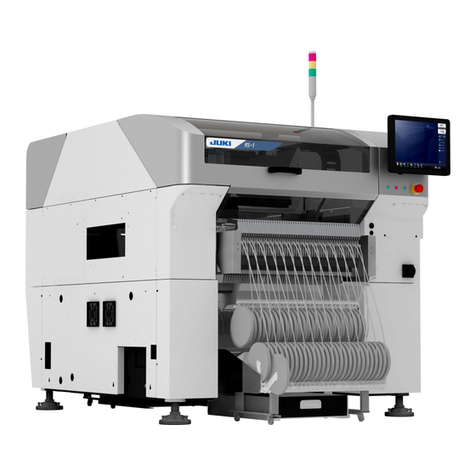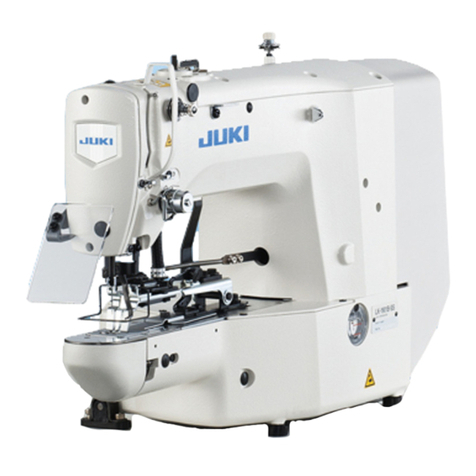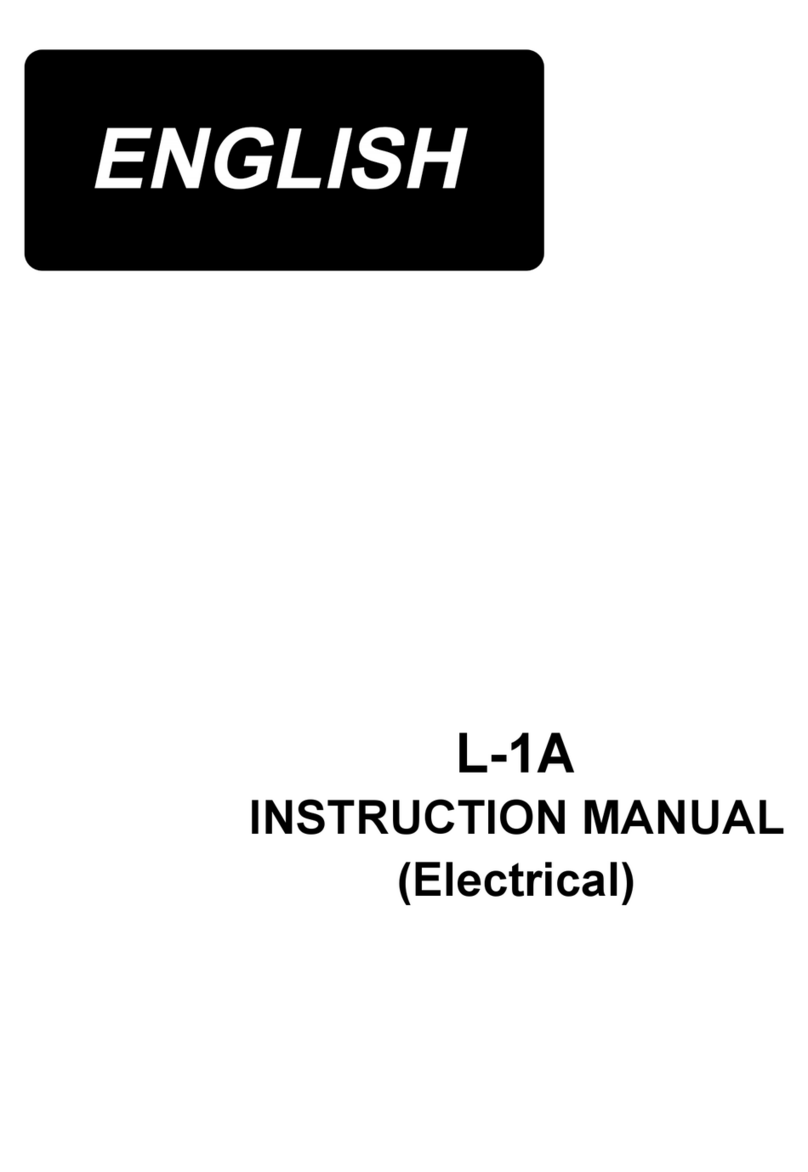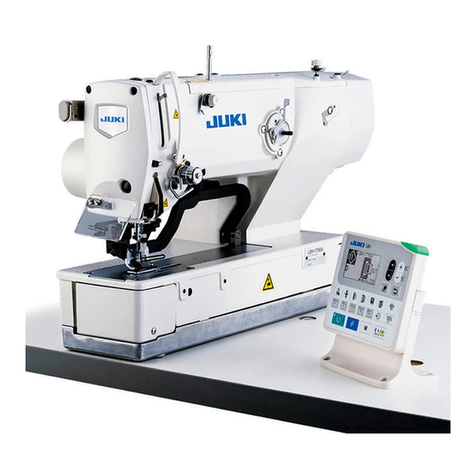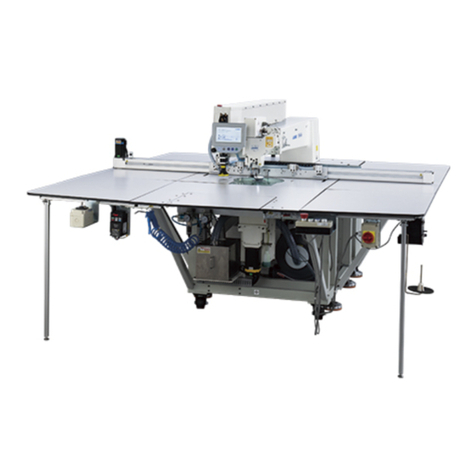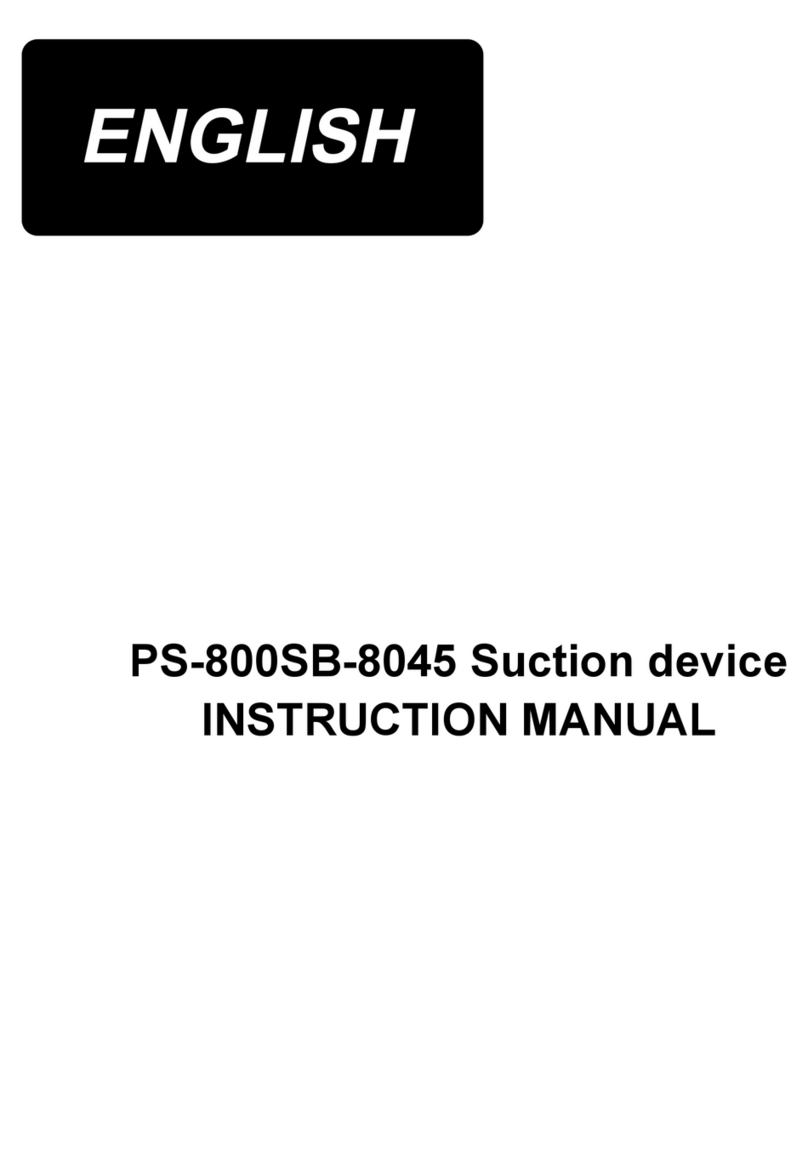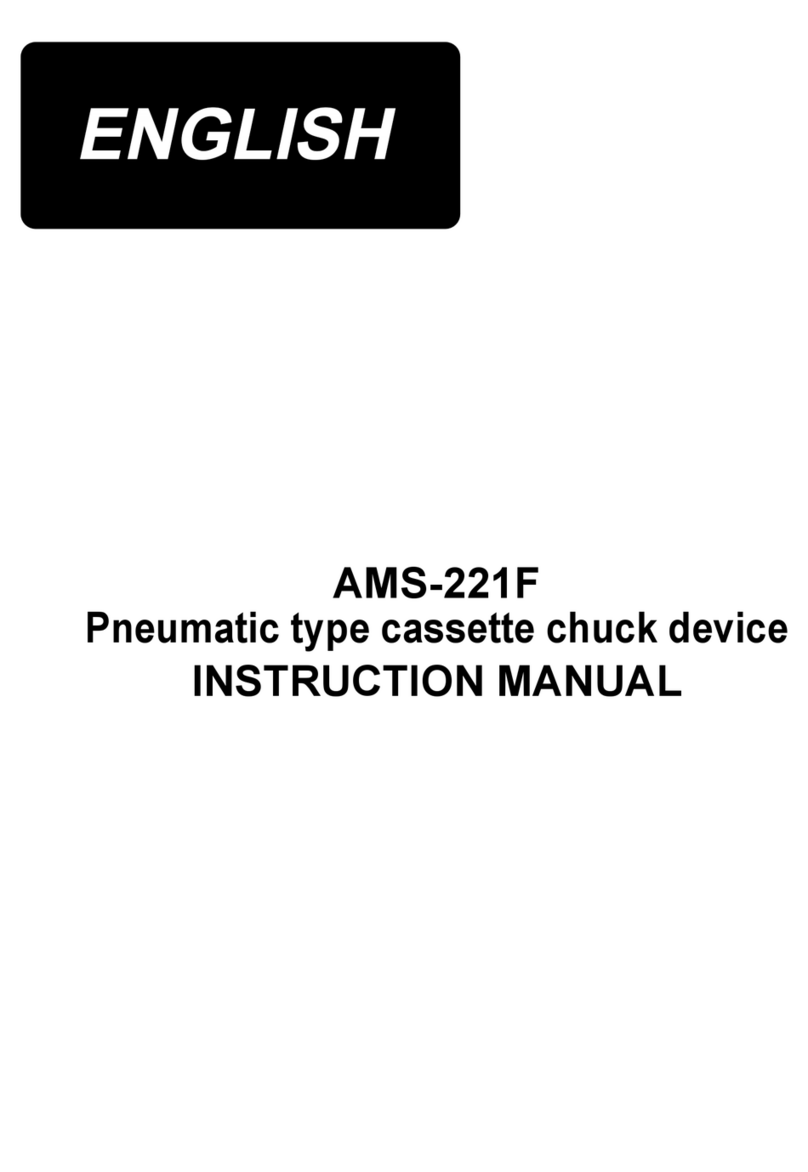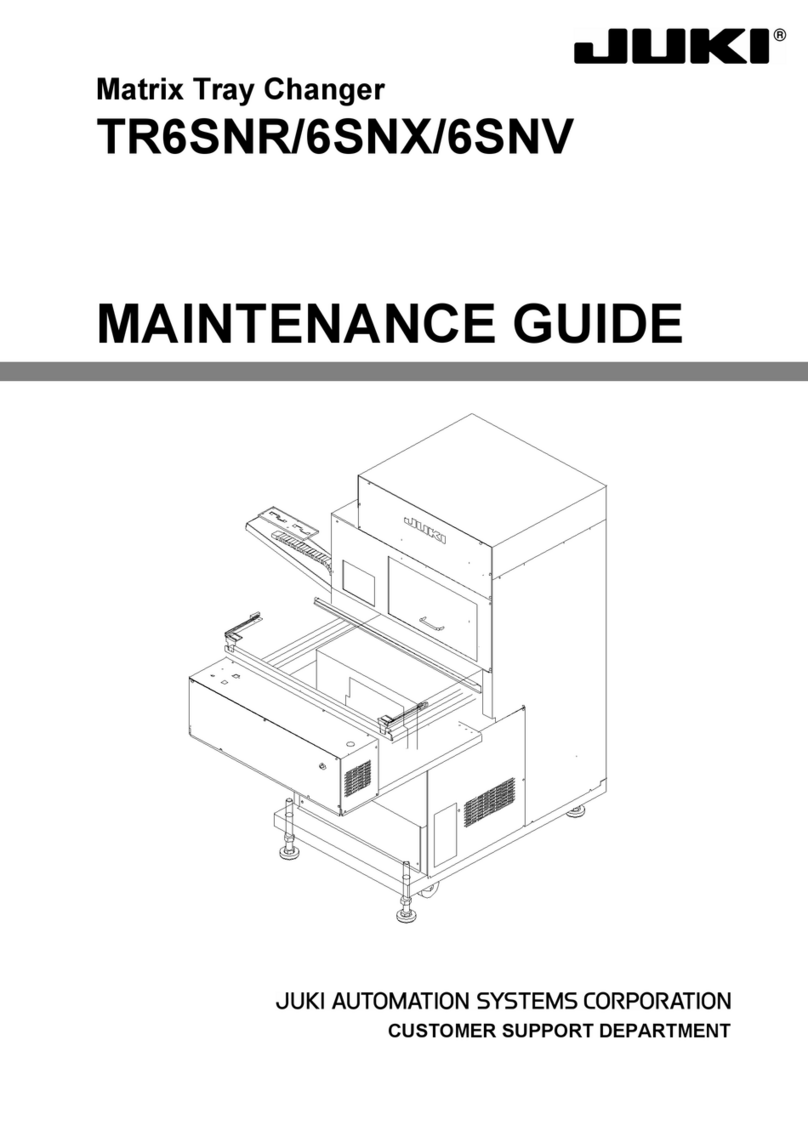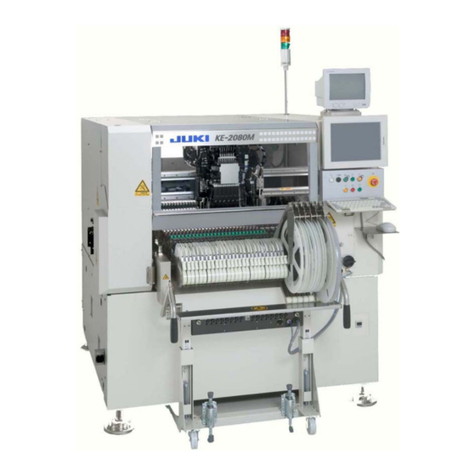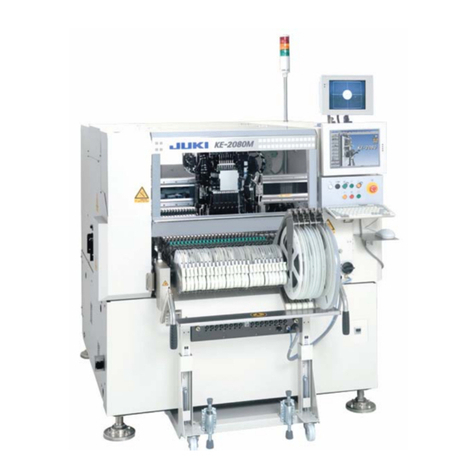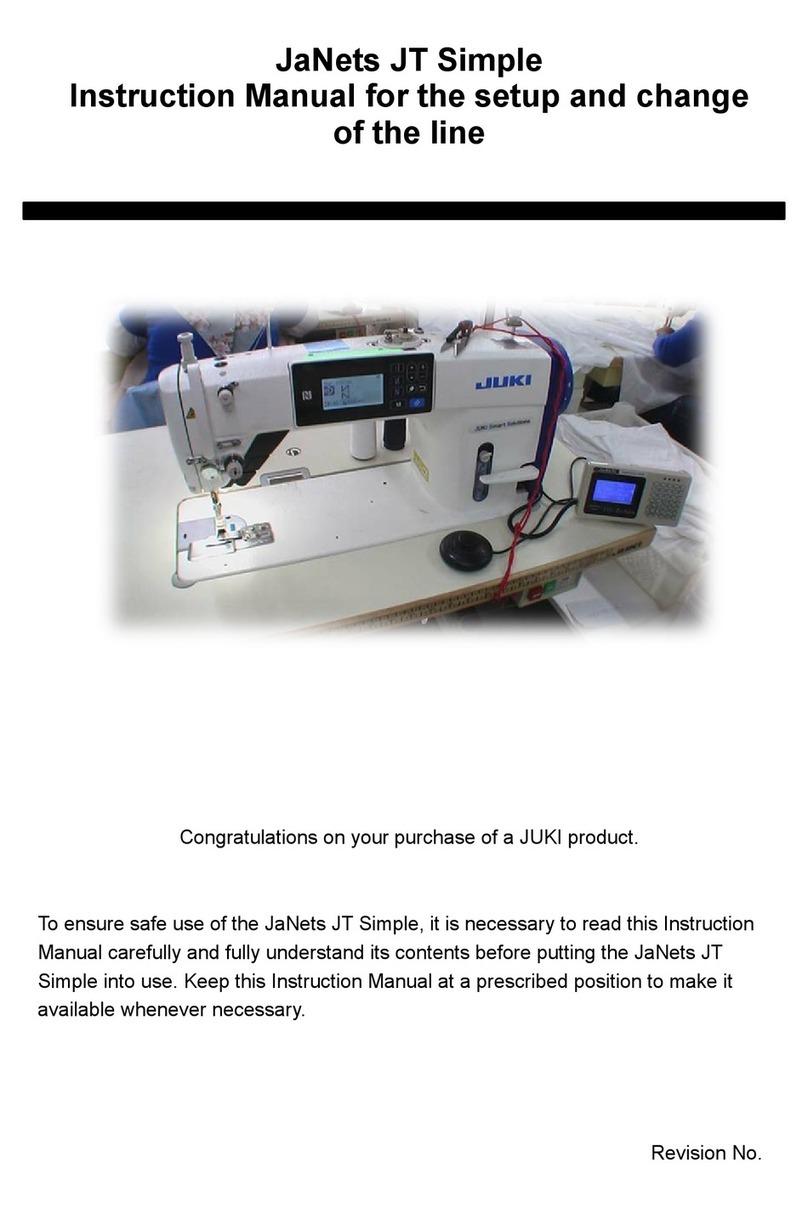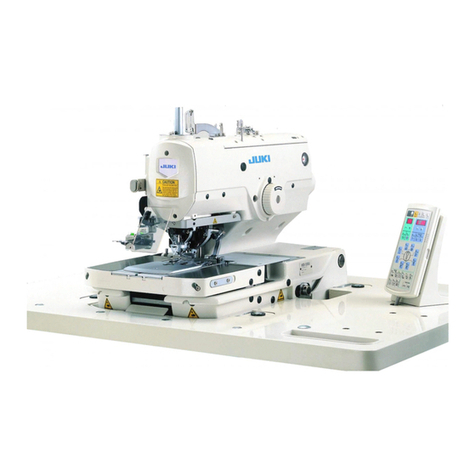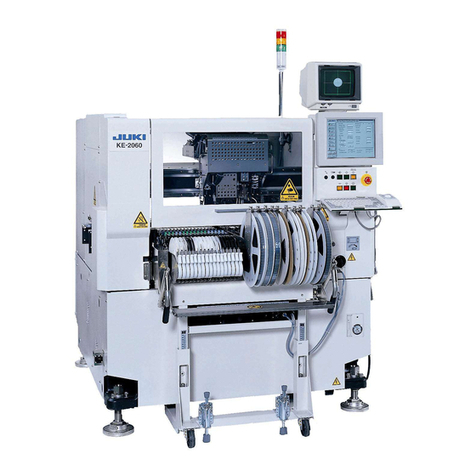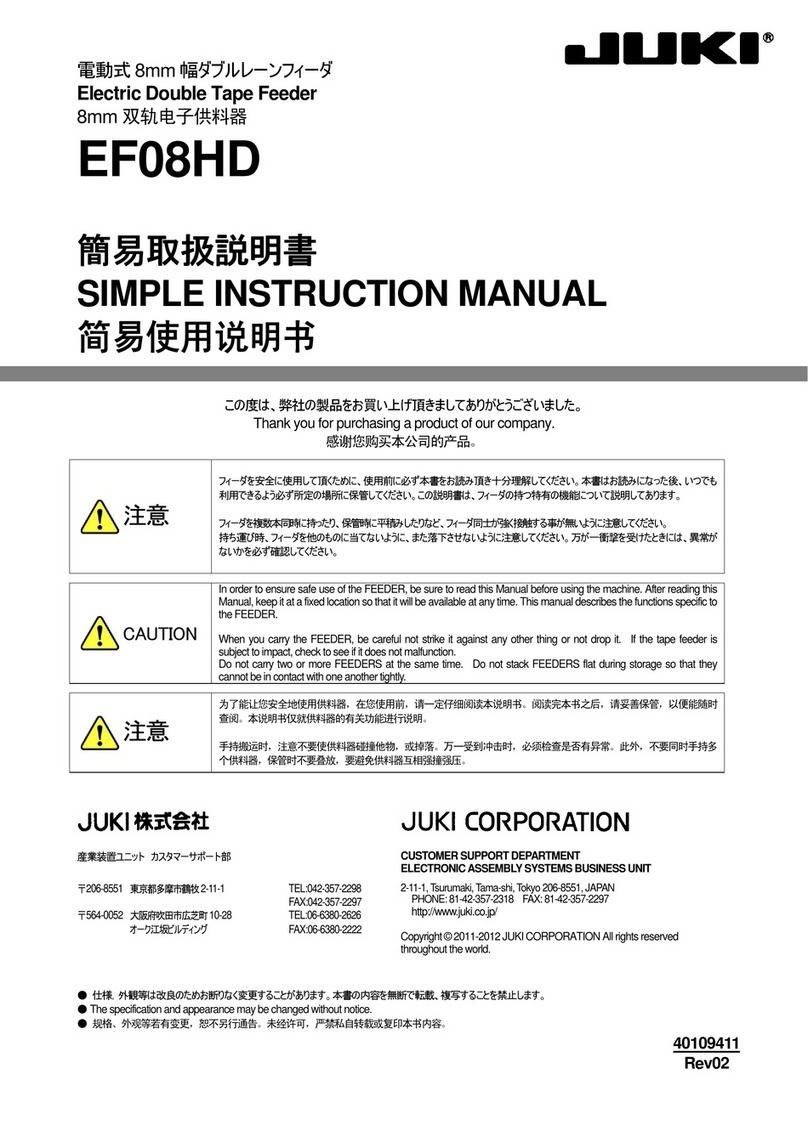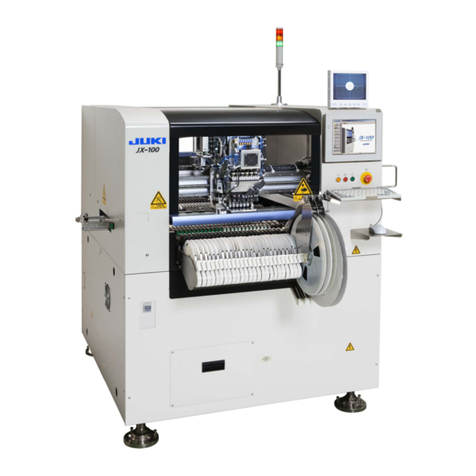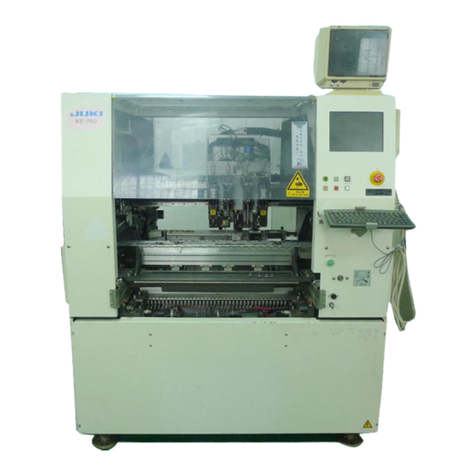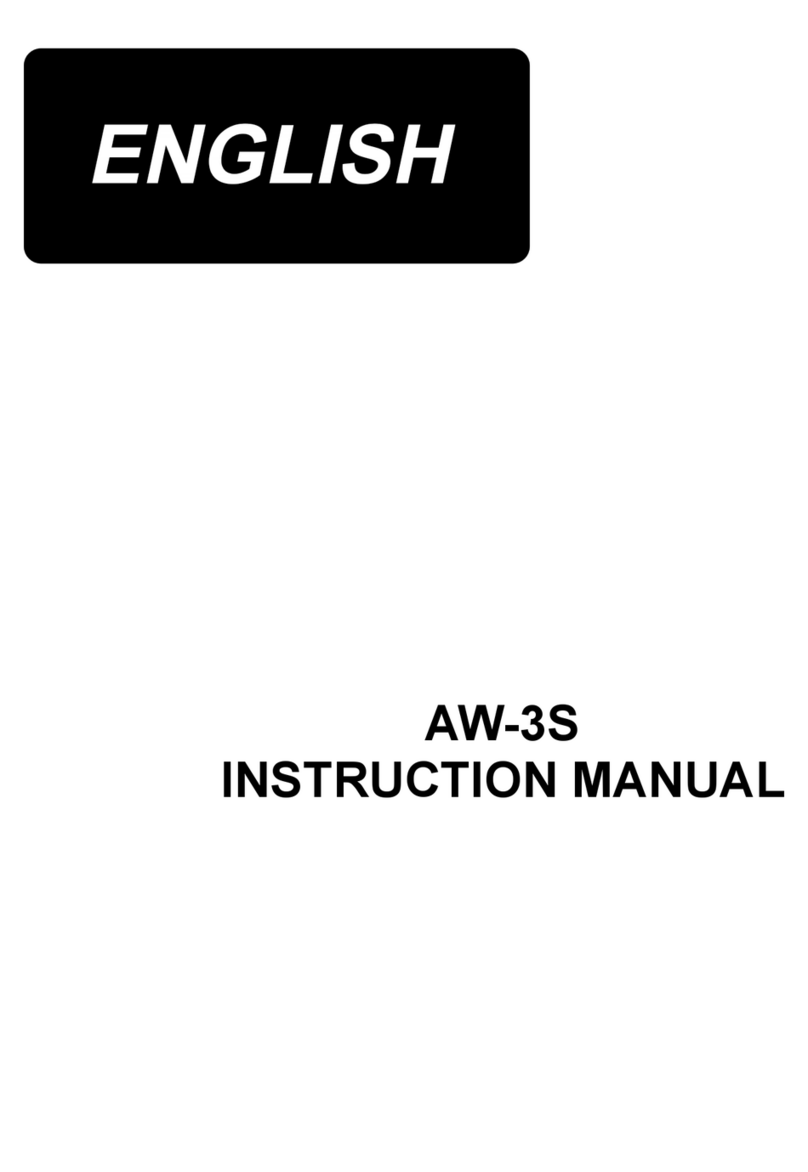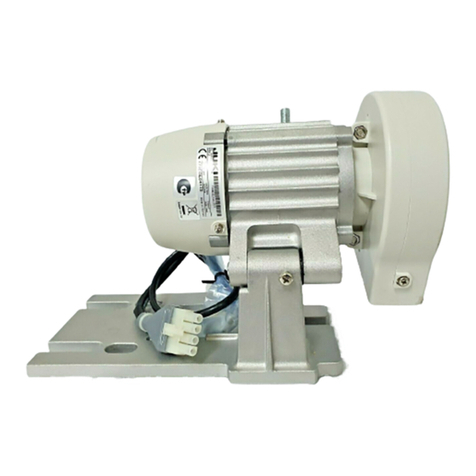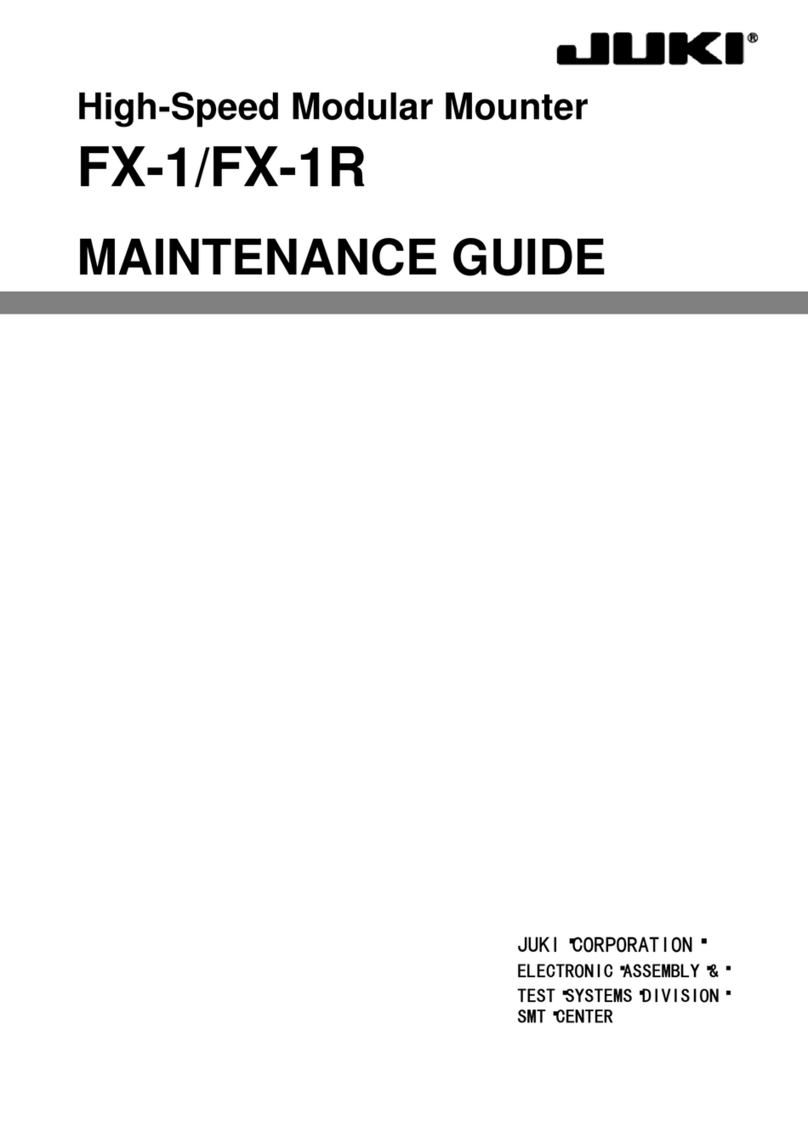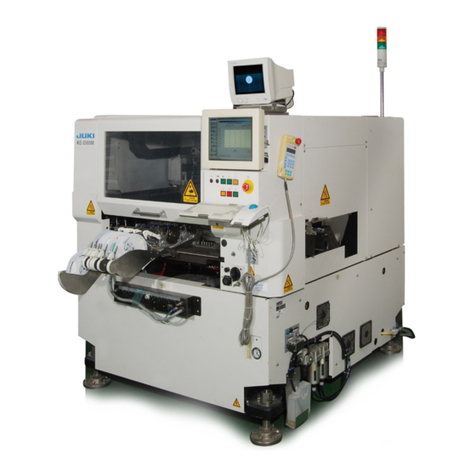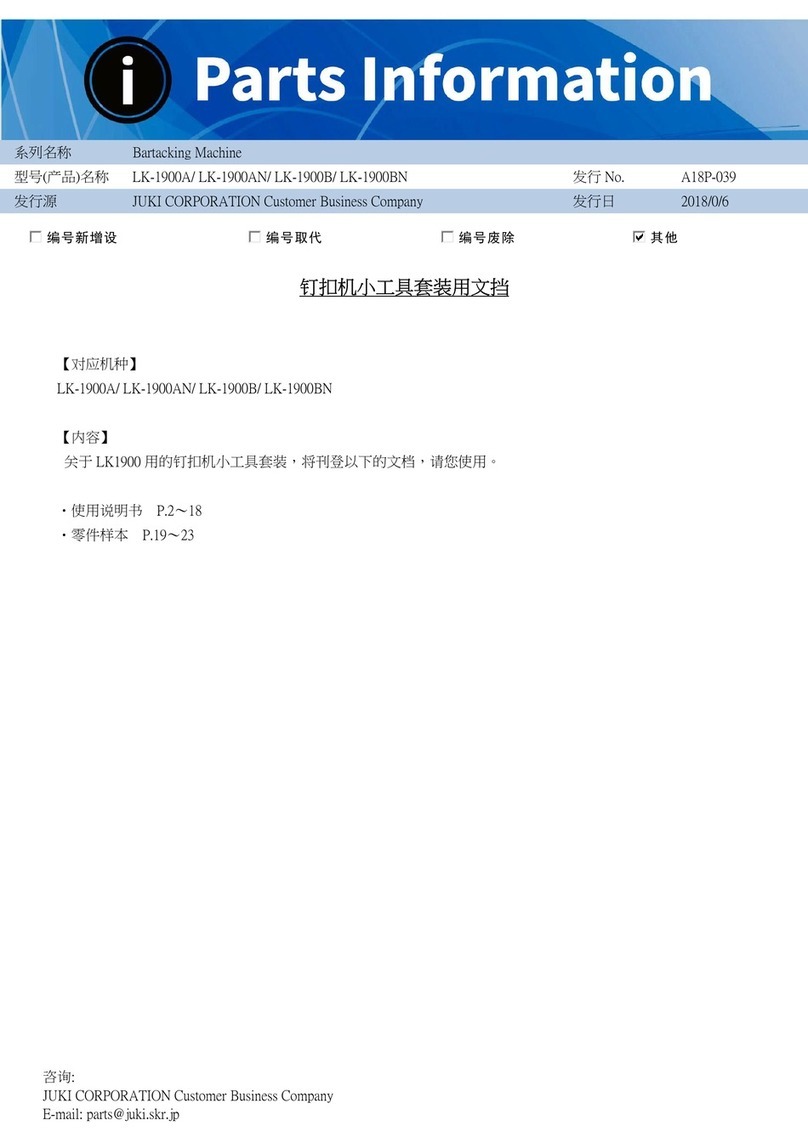
iii
Matters of Caution at Each of Its Use Stages
Transport
1. When lifting the machine or moving it, take sufficient safety measures so that no dropping accidents will
occur.
2. Keep the following environment when transportation or storage.
Environment requirements Temperature : -15℃to 70℃
Humidity : 20%to 95%RH (No condensation)
Unpacking
1. Read all instructions shown on the transport-use container.
2. Never cut tapes with a cutter.
3. Retain delivery-use materials.
Installation
1. To prevent the occurrence of any accident due to unintended moving of the machine in operation,
make casters float using a height adjuster.
2. Install this machine at a flat position.
3. To prevent the occurrence of electric shock, power leakage, or fires, use attached products regarding
cables, and link them to the specified positions.
4. To prevent electric shock, power leakage, or fires, make sure that irrational force will be applied to the
cables while the machine is in operation.
5. Securely fix the power supply plug and the connector of an I/F cable. When drawing out the power
supply plug or the I/F cable, do it by holding the connector unit.
Before Operation
1. To prevent accidents to human bodies, make sure before supplying power that there is no damage,
coming off of parts, or loosening of connectors and cables.
2. To prevent bodily accidents, never put in your hand into the driving unit.
3. Do not place any substance such as a tool under the drive cylinder. Otherwise, such a substance will
interfere with the drive cylinder when the feeder bank moves down, and it may damage the substance
itself, the machine and the connector(s), and then a fire may be caused due to a short circuit.
Greasing
1. Use the grease designated by JUKI only.
2. To prevent the occurrence of an inflammation or rash, immediately wash the related portions if grease
adheres to your eyes or other parts of your body.
3. If grease is mistakenly swallowed, immediately consult a physician to prevent
diarrhea or vomiting.
Maintenance
1. To prevent accidents due to unaccustomedness, repair and adjustment shall be conducted by
maintenance engineers who are versed in the machine. In replacing parts, use genuine parts of our
company. We will not assume any responsibility for an accident due to the use of non-genuine parts.
2. To prevent accidents or electric shock due to unaccustomedness, entrust electrical repair or
maintenance work (including wiring work) to persons versed in electricity, or ask engineers of our
company or its sales company to do it.
3. To prevent accidents due to unintended start-up of the machine, conduct repair or adjustment only
after removing air supply pipes and discharging residual air.
4. To prevent bodily accidents, confirm after such work as repair, adjustment, or parts replacement that
no screws or nuts are loosened.
Use Environment
1. Use the machine in the environment free from effects of noise sources (magnetic waves), such as
high-frequency welders, in order to prevent accidents due to erroneous actions.
2. In order to prevent accidents due to erroneous actions, use the machine in the environment where the
source voltage is within the power supply ±10%.
3. In order to prevent accidents due to erroneous actions, do not use the machine in the environment
where the supplied air pressure is 0.5±0.05MPa.
4. To ensure safety, use the machine under the following environment:
Environment requirements during operation Temperature : 10℃to 35℃
Humidity : 30%to 80%RH (No condensation)
Altitude : 1,000m or less
5. To prevent accidents due to breakdown of electric/electronic parts, turn on power supply sufficiently
after the fear of dew condensation is eliminated, because such condensation may occur when the
machine is rapidly moved from a cold place to a warm location.
6. To prevent accidents due to breakdown of electric/electronic parts, stop the use of the machine during
lightning, and draw out the power supply plug.
CAUTION
